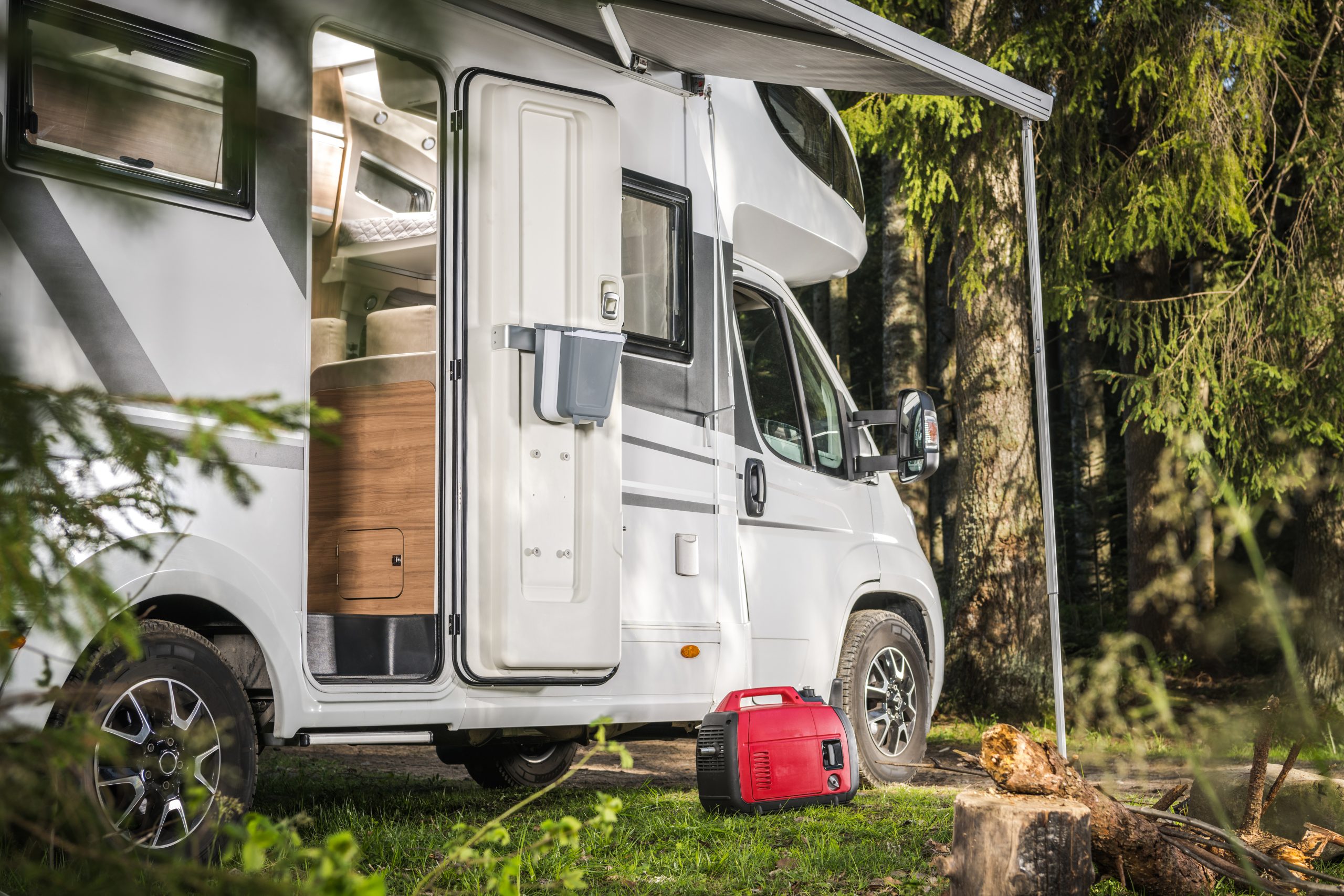You’ve just bought a new generator, and you’re itching to get it running. But wait, it’s not as simple as ‘plug and play’. You’ve got to break it in first.
Why? To extend its lifespan and ensure it runs smoothly when you need it most.
In this guide, we’ll walk you through the 8 easy steps to properly break in your generator.
So, let’s not waste another minute. Let’s get your generator purring like a kitten.
Understanding Your Generator
Before you start the process of breaking in your generator, it’s essential that you fully understand its features and functions. Don’t just unbox it and start it up.
Take time to read the user manual thoroughly, get to know its components, and learn how it operates. You’ve got to appreciate its power capacity, understand its fuel requirements, and learn about its maintenance needs.
It’s also key to know its safety features, such as the automatic shutdown function for low oil levels. Understanding your generator isn’t just about making it work optimally—it’s about ensuring your safety too.
Necessary Preparation Steps
Once you’re familiar with your generator’s functions and features, it’s time to prepare for the break-in process. Start by gathering all the necessary supplies. These typically include engine oil, fuel, and a clean funnel. It’s important to use the correct type of oil and fuel as recommended by the manufacturer. Using the wrong type can damage your generator.
Next, make sure your generator is placed on a level surface and in a well-ventilated area. This helps ensure its stability and safety during operation. Then, check the fuel and oil levels. If they’re low, fill to the recommended levels.
First Start-Up Process
Now that your generator is prepared and inspected, it’s time for the initial start-up, your first real step in the break-in process.
Start by adding the correct amount of fuel. You’ll also need to check the oil level – it’s vital for proper engine operation.
Next, switch the fuel valve to the ‘on’ position and turn on the choke.
Now, pull the starter cord. It might take a few attempts, but don’t get discouraged.
Once it’s running, let it operate for a few minutes without any load. This allows the generator to warm up and stabilize.
After a few minutes, you can gradually add load.
Always remember, breaking in a generator is a slow process. You don’t want to rush and risk damaging your new investment.
Essential Break-In Procedure
After you’ve given your generator a gentle start, it’s time to dive into the eight essential steps for the break-in procedure.
First, you’ll need to run it at low load for a few hours. This helps the internal parts to settle.
Second, check the oil level regularly to prevent damage.
Third, slowly increase the load over time.
Fourth, after 5-6 hours, change the oil. This flushes out any debris.
Fifth, refill with fresh oil.
Sixth, run the generator for another hour.
Seventh, change the oil again.
Lastly, fill it up with oil, and you’re all set. Remember, patience is key.
This process ensures your generator runs smoothly for years to come.
Maintenance After Break-in
Even though you’ve successfully broken in your generator, it’s crucial that you don’t neglect regular maintenance to ensure its optimal performance.
Firstly, always check the oil level before you start your generator. Running it low on oil can cause serious damage.
Secondly, don’t forget to replace the oil after the first 20 hours of use and then every 100 hours thereafter.
Thirdly, regularly clean your air filter, a clogged one can cause your generator to run inefficiently.
Lastly, make sure to always use fresh fuel and don’t let it sit in your generator for too long as it can gum up the carburetor.
Frequently Asked Questions
What Common Issues Might Occur While Breaking in a Generator, and How Can They Be Resolved?
You might experience problems such as oil leaks, overheating, or difficulty starting your generator. To resolve these, check the oil seal, ensure proper ventilation, and inspect the spark plug, respectively.
What Safety Measures Should Be Taken While Breaking in a Generator?
When breaking in a generator, safety is crucial. Always operate it outdoors to avoid carbon monoxide poisoning. Don’t overload it, and ensure it’s on a level surface. Always have a fire extinguisher nearby.
How Often Should I Break in My Generator if It’s Not Used Regularly?
If you’re not using your generator regularly, it’s best to break it in every 3 months. This keeps it in good working condition and ready for use when you need it most.
Can I Use My Generator While It’s Being Broken In, or Should It Be Kept Idle?
You can use your generator while it’s being broken in. However, it’s best to keep the load light so you don’t strain the engine. It’s all about letting it adjust smoothly, not pushing it too hard.
Does the Type of Fuel Used in the Generator Affect the Break-In Process?
Yes, the fuel type does influence the break-in process. It’s crucial to use high-quality fuel. Poor fuel can cause issues, significantly affecting your generator’s performance and longevity during and after the break-in phase.
Conclusion
Breaking in your generator doesn’t need to be a daunting task. By understanding your generator, preparing properly, following the first start-up process, and conducting the essential break-in procedure, you’ve done great!
Just remember to keep up with regular maintenance after the break-in. You’re now equipped to handle power outages and emergencies like a pro.
Congratulations on successfully breaking in your generator!
